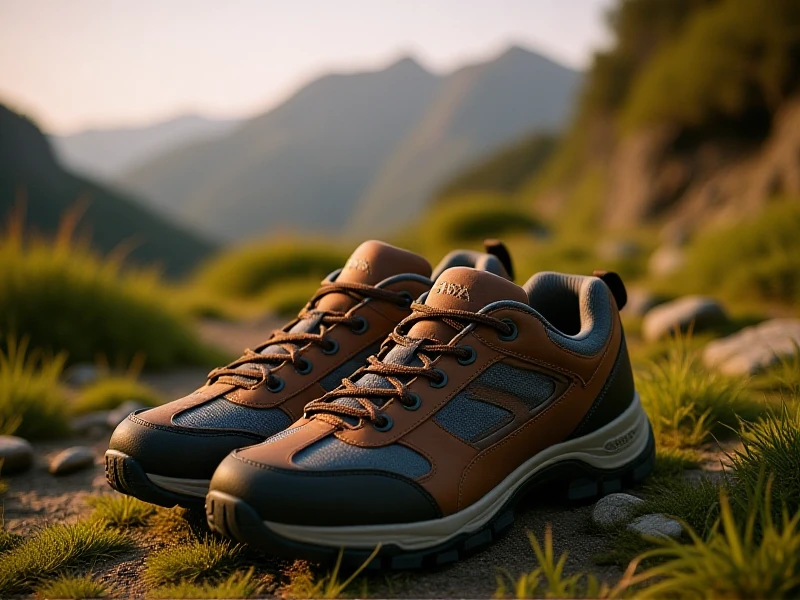
Discover the Trail: Your Ultimate Guide to Choosing Hiking Shoes
Lacing up the right pair of hiking shoes transforms any walk in the woods into a confident adventure. Forget blisters or slippery slides; the perfect Hiking Shoes provide stability, traction, and comfort mile after mile. But with countless options lining the shelves, finding your ideal match requires knowing what truly matters.
The foundation is fit. Hiking Shoes should cradle your feet securely from heel to toe, eliminating slippage that causes blisters. Ensure ample toe room to avoid pressure on descents – wiggle room is non-negotiable. Target the width and arch support fitting your foot shape. Don't buy them "tight" expecting a stretch; comfort should be immediate.
Support is critical. These aren't sneakers; they protect ankles and stabilize feet on uneven terrain. Look for stiff shanks (thin plates in the midsole) for rocky paths, while flexible soles suit groomed trails. Rearfoot stability counters and structured midsoles prevent rollovers and fatigue.
Waterproofing? It depends. Breathable, quick-drying mesh offers supreme ventilation for hot, dry conditions or fast hikes. Waterproof Hiking Shoes, featuring membranes like Gore-Tex, excel in wet weather, snow, or crossing streams by keeping moisture out. Remember, waterproof often equals less breathable, potentially leading to sweaty feet in warm weather.
Never underestimate traction and tread. The outsole's rubber composition and lug pattern determine grip. Deeper, aggressive lugs excel in mud and loose terrain, providing confident purchase. For rock slabs and hard-pack trails, choose shallower lugs to maintain stability without catching. Vibram rubber often signifies excellent durability and grip.
Material matters too. Leather Hiking Boots offer exceptional durability and protection but are heavier. Synthetics drastically reduce weight and dry faster while providing good support. Hiking shoes blend comfort and lightweight structure, ideal for less technical trails or day hikes.
Finally, consider weight and height. Low-cut shoes prioritize lightweight agility. Mid-cut models offer more ankle support and protection from brush and rocks, a versatile choice for varied terrain. Your intended trail type dictates the ideal rise and weight for your primary Hiking Shoes.
Investing time in finding your perfect Hiking Shoes pays dividends in trail enjoyment. Prioritize fit, understand the support needed for your terrain, decide on waterproofing based on climate, scrutinize the tread, and weigh material benefits. The right pair empowers you to explore confidently and comfortably, unlocking adventure wherever your feet take you. Step into your next hike prepared. Explore our curated selection designed for every trail.